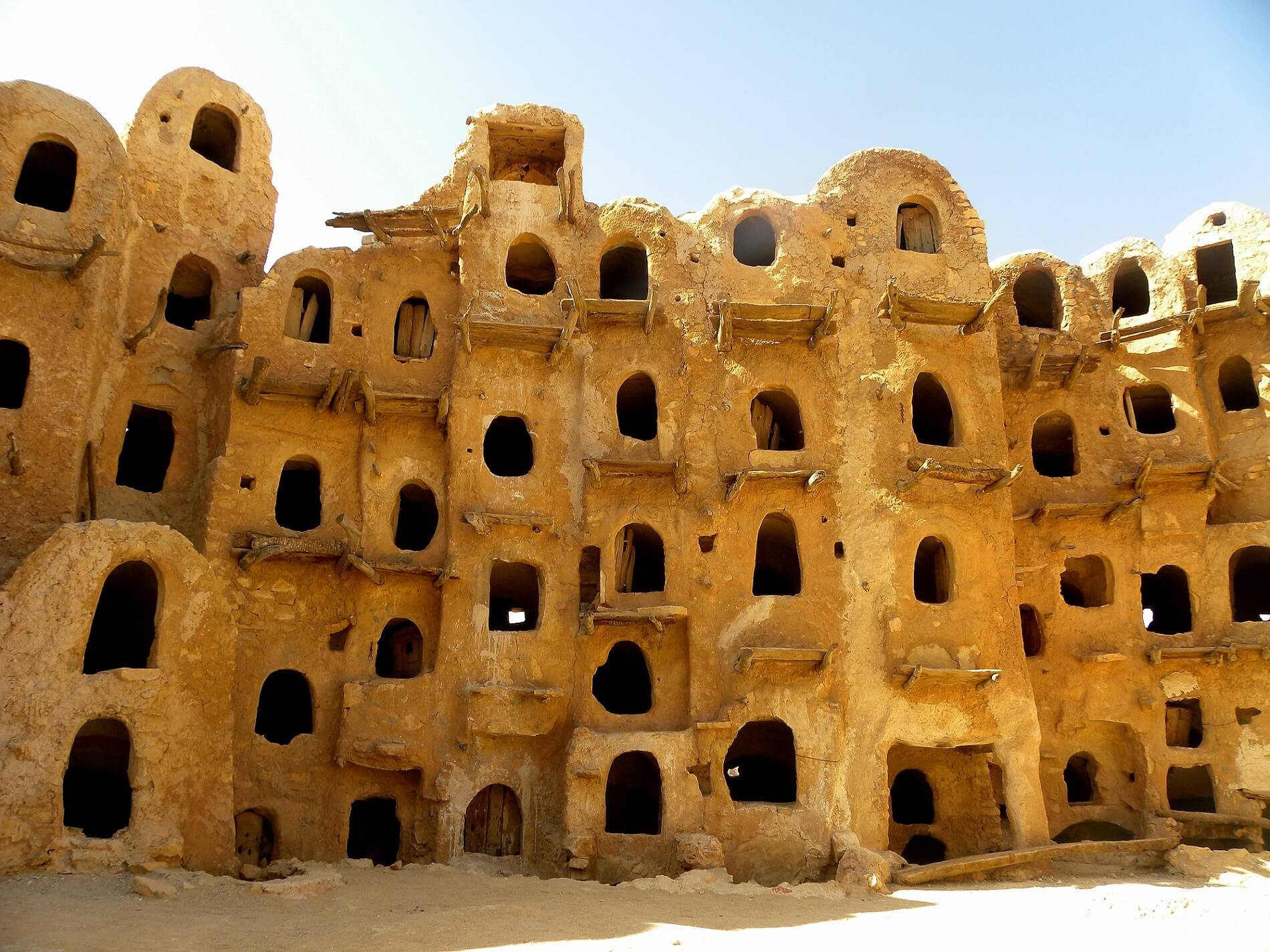The pipeline between the al-Sharara oil field in south-west Libya and Zawiyya oil refinery and port on the coast was blockaded late on 27 March and it has been widely reported that the National Oil Corporation declared force majeure against exports of Sharara crude from Zawiyya, although no official announcement has been posted on the NOC website. Sharara was producing 221,000 bpd before the blockade and NOC Chairman Mustafa Sanallah had recently said he hoped the field would soon reach its total capacity of 330,000 bpd. It is still unclear who is responsible for the blockade if their motivations are financially (demanding payment of wages or similar) or political (as a protest move in the context of deepening divisions across the country).On 26 March, the gas pipeline from al-Wafa gas field to the Mellitah complex west of Zawiyya was also blockaded by local militias near Nalut who are reportedly demanding the payment of late wages amounting to 10 million Libyan Dinars. On 14 March, the militia had instigated a blockade which only lasted for a few hours, however this new blockade may continue for longer. The blockaded al-Wafa pipeline feeds the al-Ruwais power plant near Nalut and the Zawiyya power plant. As a result, the blockade threatens to knock 500 MW off the electricity grid, according to GECOL, Libya’s state owned electricity provider.The blockade on Sharara means that Libya's oil production has now dropped from around 700,000bpd to around 500,000bpd, which could have devastating economic implications. On 29 March, the Libya Herald reported that the dinar passed 7 LYD to the US dollar on the black market, leading members of the Nawasi militia to temporarily close down black market traders in Tripoli in an attempt to prevent the exchange rate from dropping further.

